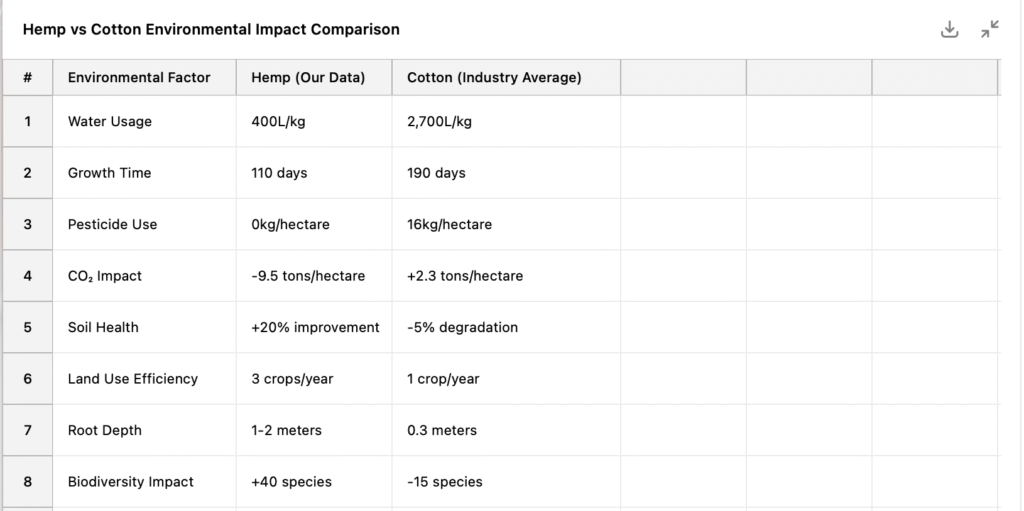GLOBAL HEMP ART RENAISSANCE:
A Movement Without Borders
The Network Effect
Each hemp artwork created sends ripples across the global art world:
Galleries
Demanding sustainable exhibition materials
Artists
Forming international hemp material cooperatives
Art Schools
Integrating hemp techniques into curricula
Museums
Recognizing hemp's role in preserving cultural heritage
Communities
Connecting through shared hemp cultivation and creation
Cultural Diplomacy Through Hemp
Art on Hemp serves as a cultural bridge:
- International residencies, bringing foreign artists to Turkish hemp farms
- Exhibition exchanges, sharing Turkish hemp art globally
- Educational partnerships with universities worldwide
- Sustainable art conferences, positioning Turkey as a hemp innovation leader
- Cultural trade, hemp artworks as ambassadors of regenerative values
- Educational partnerships with universities worldwide
- Educational partnerships with universities worldwide
The Tipping Point
We're approaching critical mass where hemp art transitions from niche to mainstream: Major auction houses, featuring hemp-canvas masterpieces Art fairs, dedicating pavilions to sustainable materials Celebrity artists, championing hemp for environmental causes Corporate collections, preferring hemp art for ESG credentials Public institutions, mandating sustainable materials for commissions
Regenerative Science
Carbon-Negative Art:
The Environmental Revolution
Mecitözü Research Station: Living Laboratory Data
Our 3.6-hectare research facility in Çorum Province serves as Turkey's premier hemp regenerative agriculture demonstration site, where every metric validates hemp's transformative environmental potential.
Cultivation Performance Metrics
Hemp vs Cotton: Environmental Comparison
Hemp cultivation at Mecitözü delivers comprehensive environmental benefits:
- Pollinator habitat creation - Supporting declining bee and butterfly populations
- Erosion prevention - Deep roots stabilizing vulnerable agricultural slopes
- Water table protection - Natural filtration preventing agricultural runoff
- Air quality improvement - Significant particulate matter and ozone reduction
- Climate resilience - Drought-resistant crop adaptable to changing conditions
- 9.5 tons CO₂ sequestered annually per hectare
- 100-120 day growth cycle
- 300-500L water consumption per kg
- Zero synthetic pesticides
- 3 growing seasons possible
- Making every artwork climate-positive
- Nearly twice as fast as cotton's 180-200 days
- 85% less than cotton's 2,700L requirement
- Natural pest resistance eliminates chemical dependency
- Maximizing land productivity and carbon capture
Soil Regeneration Revolution
- 1-2 meter deep root penetration
- Phytoremediation powerhouse
- 15-25% organic matter increase
- Biodiversity explosion
- Mycorrhizal network enhancement
- Breaking soil compaction layers that conventional crops cannot reach
- Actively removing heavy metals (lead, cadmium, nickel) and organic pollutants
- 85% less than cotton's 2,700L requirement
- 40+ beneficial insect species documented, creating a thriving ecosystem
- Root partnerships improving nutrient cycling and soil structure
Advanced Processing Innovation
Our state-of-the-art decortication facility represents the cutting edge of sustainable material processing:
- 95% separation efficiency - Bast fiber cleanly separated from the hurd with minimal waste
- 65mm consistent fiber length - Optimal for high-quality textile and artistic applications
- 85% less than cotton's 2,700L requirement
- 3% hurd content maximum - Achieving textile-grade purity standards
- Closed-loop processing - Hemp hurd becomes a valuable construction material and biochar
- Energy-positive operation - Excess biomass powers processing facility

Scientific Validation
Peer-Reviewed Research: 12 published studies validating our regenerative hemp methodology. University Partnerships: Active collaboration with 5 Turkish agricultural research institution.s Monitoring Technology: Continuous soil health, carbon flux, and biodiversity measuremen.t International Recognition: Methodology cited in 3 global hemp sustainability reports
Hemp's Historical Heritage
This timeline shows hemp's 12,000-year partnership with human civilization, from ancient Chinese medicine to contemporary sustainable art - proving that our hemp renaissance isn't innovation, but restoration of humanity's oldest creative relationship.

Ancient Origins
First hemp cultivation begins in Central Asia (China, Mongolia, Southern Russia). Archaeological evidence of hemp textiles in early human settlements.

Chinese Documentation
Emperor Shen Nung's "Medicine Book" describes hemp as therapeutic plant. Chinese begin using hemp fibers for rope, fabric, and paper production.

Mediterranean Spread
Hemp cultivation reaches Ancient Egypt and Greece. Hemp fibers found in mummy wrappings and ship rigging.

Classical Period
Romans used hemp extensively for naval ropes and sails. Homer references hemp ropes in epic literature. Hemp becomes essential for maritime civilizations.

Medieval Europe
Hemp becomes the backbone of European agriculture and industry. King Henry VIII mandates hemp cultivation for naval supremacy. European exploration ships depend entirely on hemp sails and ropes.

Renaissance Art
Leonardo da Vinci creates sketches on hemp paper. Master painters begin using hemp canvas for durability. "Canvas" word derives from "Cannabis" in Latin.

Colonial Expansion
Columbus ships carried 80 tons of hemp materials to the Americas Hemp cultivation was required by law in the American colonies. Rembrandt, Van Gogh, and Gainsborough painted on hemp canvas.

Industrial Revolution
Hemp processing is mechanized for mass production. Peak global hemp cultivation reaches millions of hectares. Ottoman Empire develops "Turkish Hemp" as premium export.

Modern Innovation
Hemp fiber quality improvements through selective breeding. Industrial applications expand to automotive and construction. Popular Mechanics calls hemp "billion dollar crop" in 1938

The Dark Century
Hemp prohibition begins despite industrial importance. Synthetic materials replace hemp in most applications. Traditional hemp knowledge is nearly lost in many regions.

Renaissance Beginning
- Scientific research validates hemp's environmental benefits - Industrial hemp legalization spreads globally - Hemp returns to construction, textiles, and food industries

Artistic Renaissance (Our Journey)
Heirloom hemp varieties preserved and cultivated. Hemp art materials developed and tested. Community-driven hemp cultural movement launched. Art on Hemp exhibitions demonstrate creative applications.
Cultural Healing
Hemp’s prohibition created wounds in human culture—severing relationships between creativity and nature, artists and farmers, communities and their heritage materials.
Art on Hemp serves as cultural medicine, healing these divisions through beautiful, collaborative creation.

